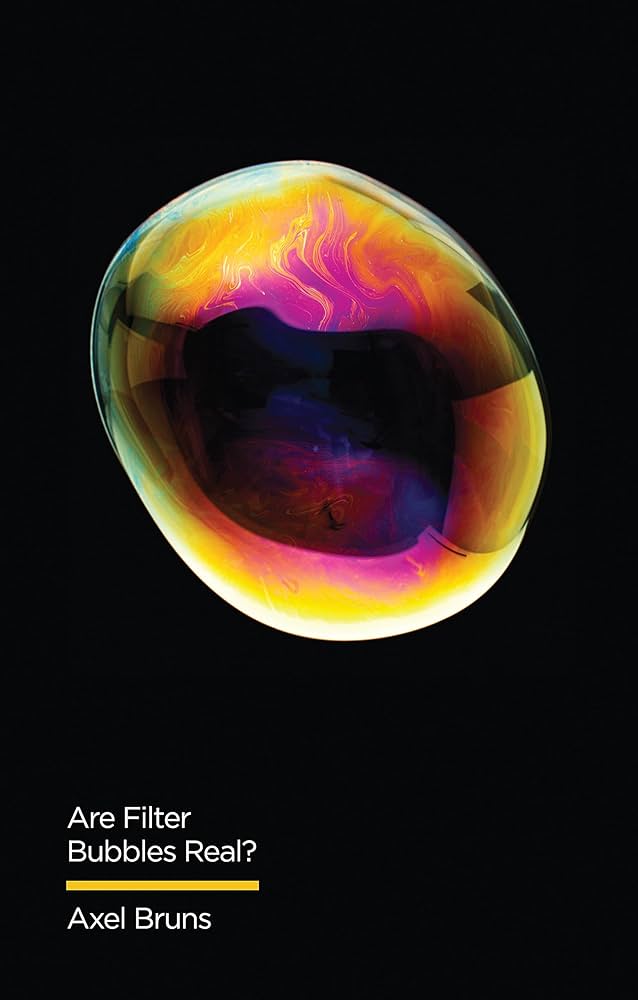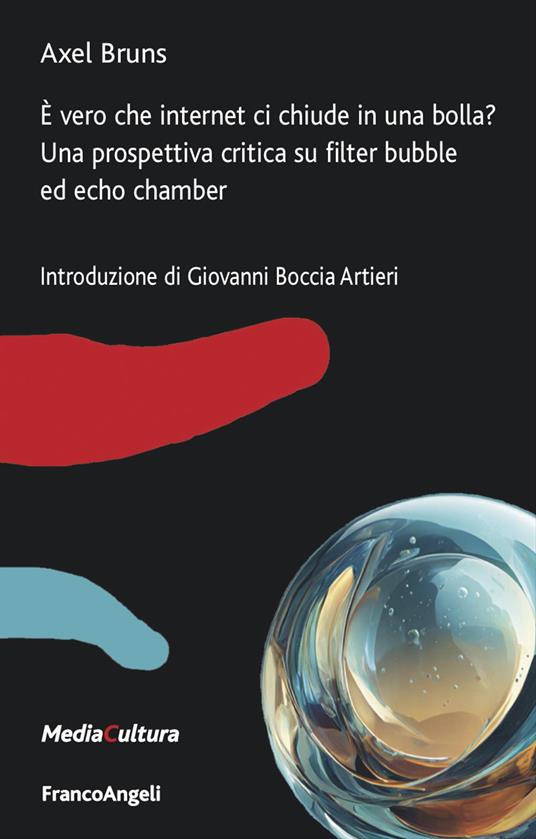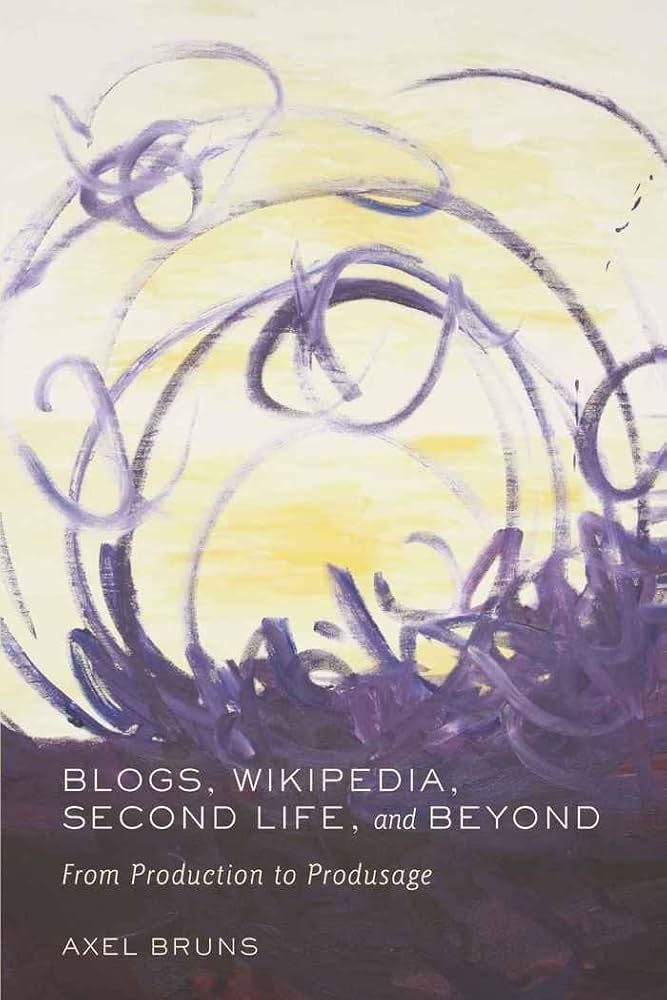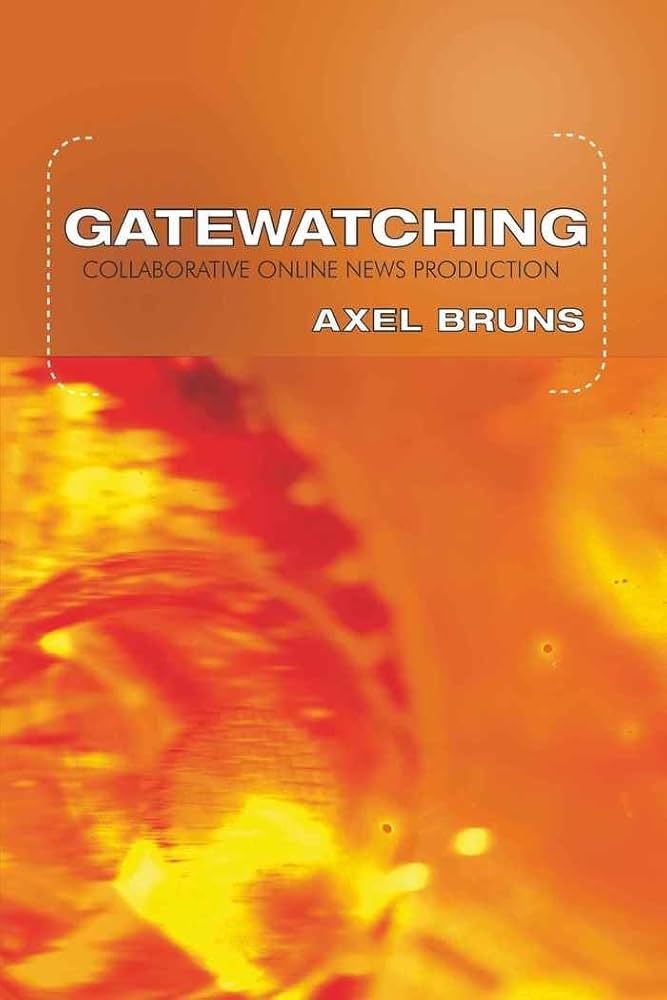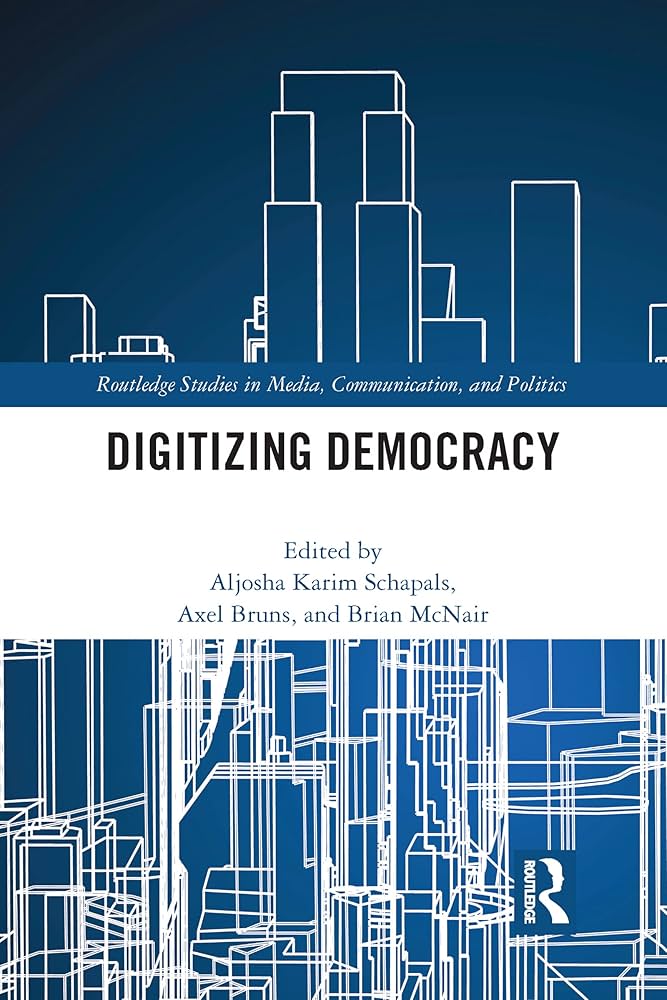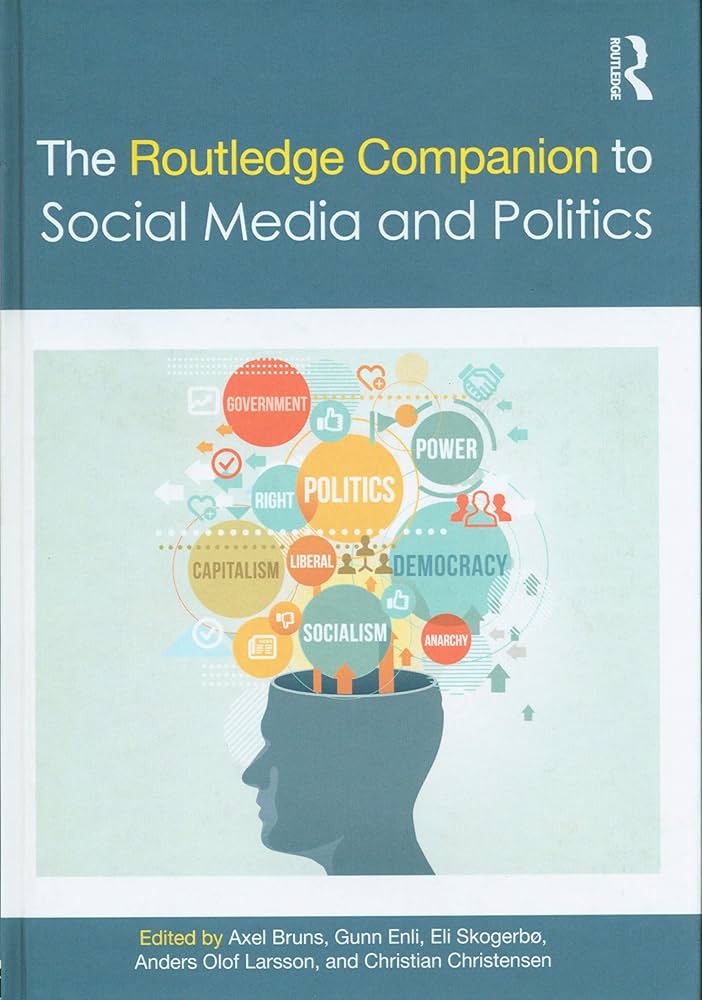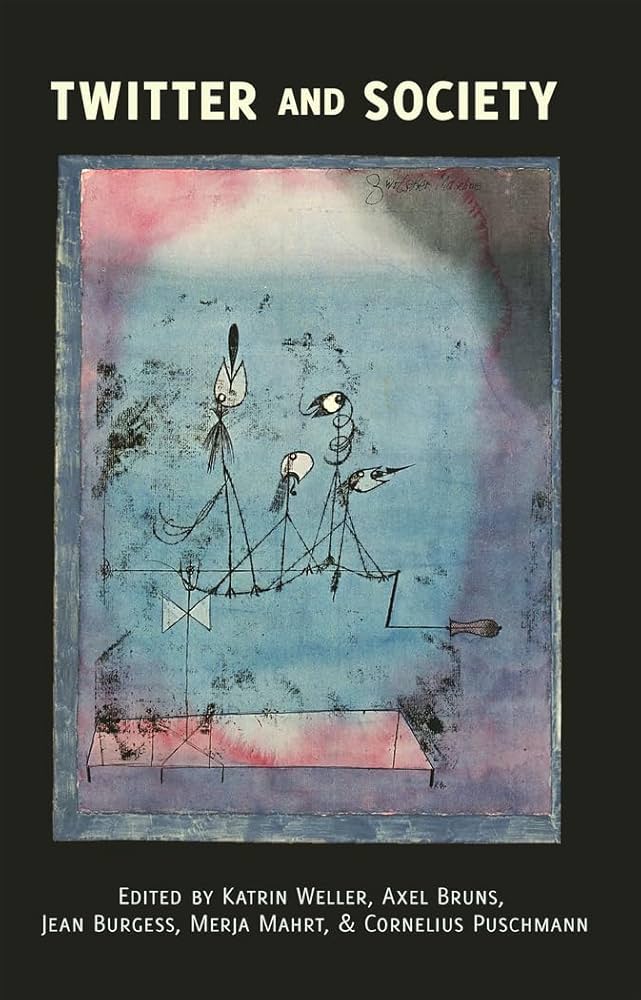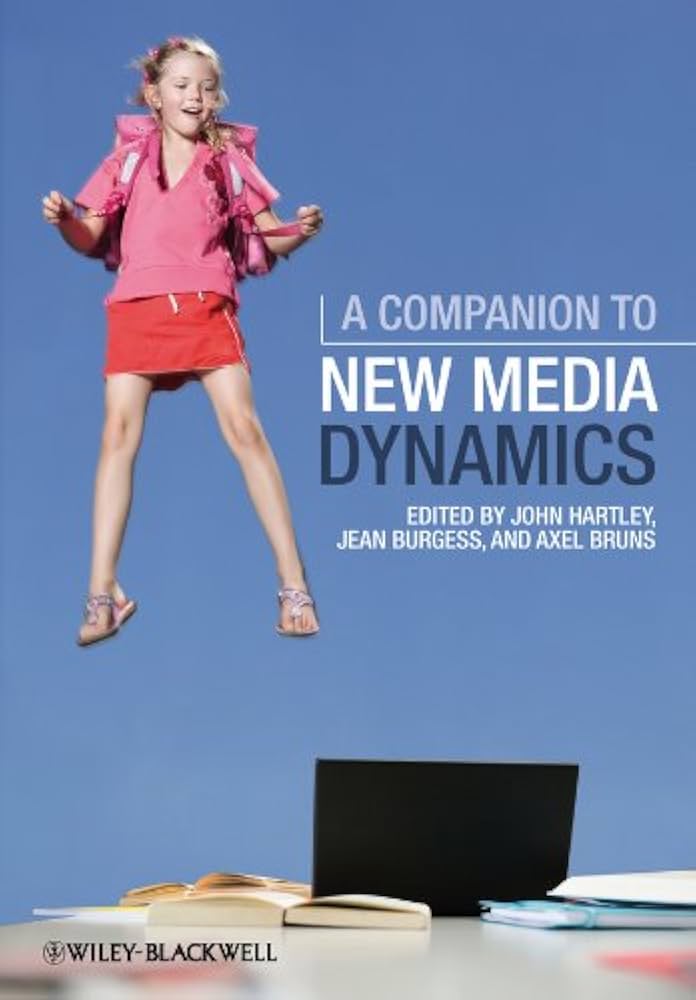The final session for this first full day at the AoIR 2025 conference is on online communities, and begins with Nina Duque, whose focus is on K-Pop fandom on YouTube in Quebec. Local francophone Quebecois teenage fangirls have embraced K-Pop, much like other fan communities around the world; this is even though K-Pop is of course a highly mass-produced and industrialised entertainment product.
Much of this is consumed via YouTube, and teenagers see this as much better than television because of the instant accessibility of K-Pop content; this meets a local participatory culture, and K-Pop thereby becomes a networked cultural system. YouTube is both a library and a stage for its discovery, and teenagers can engage with this through dance covers, edits, and algorithmic curation.
This shifts fan practices from watching to belonging, and into cultural production that reinterprets, translates, and localises the source texts. Users are active meaning-makers, and their practices express autonomy and individuality; adolescent cultural practices are particularly crucial for identity work and strategic expression, and frequently engage in the bricolage of public/private spaces.
Nina studied this through intense fieldwork with two fangirl groups in Montréal in 2018-2020, and found three interconnected scenes on YouTube: at the macro level, there is global visibility and discovery for K-Pop content; at the meso level, there is communal creativity and collaboration; and at the micro level there is intimate sharing and friendship. Such spaces enable creative participation, are community-driven, interconnect industrial and fan logics, and serve as emotional and social spaces.
At the macro level, YouTube serves as television, library, and mall, where official K-Pop content can be found and a sense of global community emerges – this enables identity development and engagement with others; at the meso level, community creativity and peer learning takes place, with remixing, fan subbing, and other derivative creative practices take place in conversational mode with a broader community; and at the micro level there is local appropriation where K-Pop videos and choreographies are reimagined in the local Quebecois context.



